List of articles

Sculpture 1
Title: The Moon God Chandra in His Chariot with Wife and Attendant
Culture: India (West Bengal)/ Date: 2nd–1st century BCE (Shunga period, a dynasty which ruled Magadh during 185 to 73 BCE).
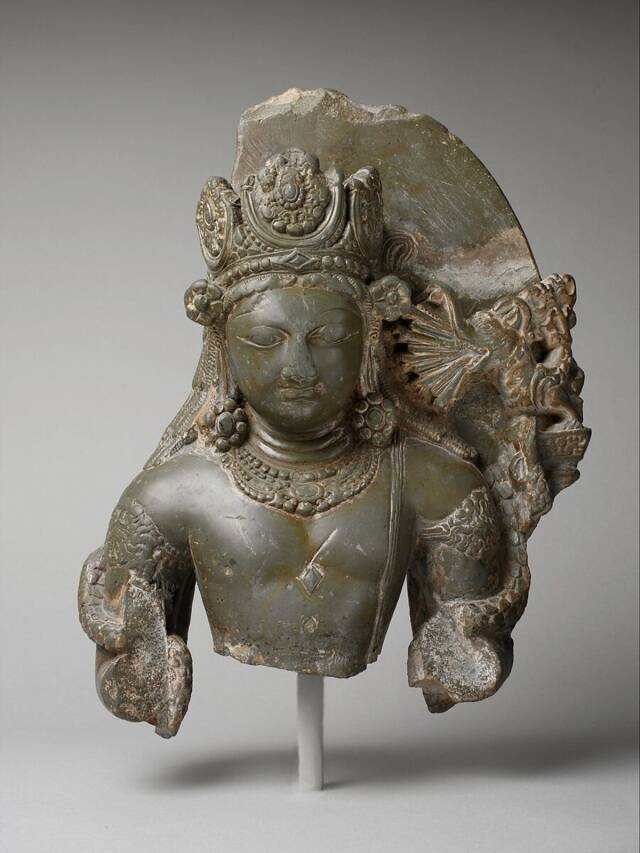
Sculpture 2
Title: Kamadeva, the God of Love
Culture: India (Jammu and Kashmir, ancient kingdom of Kashmir)/ Date: second half of the 8th century; “a rare survivor from early medieval Kashmir.”
The Journey Home
The Met returns 15 antiques to India
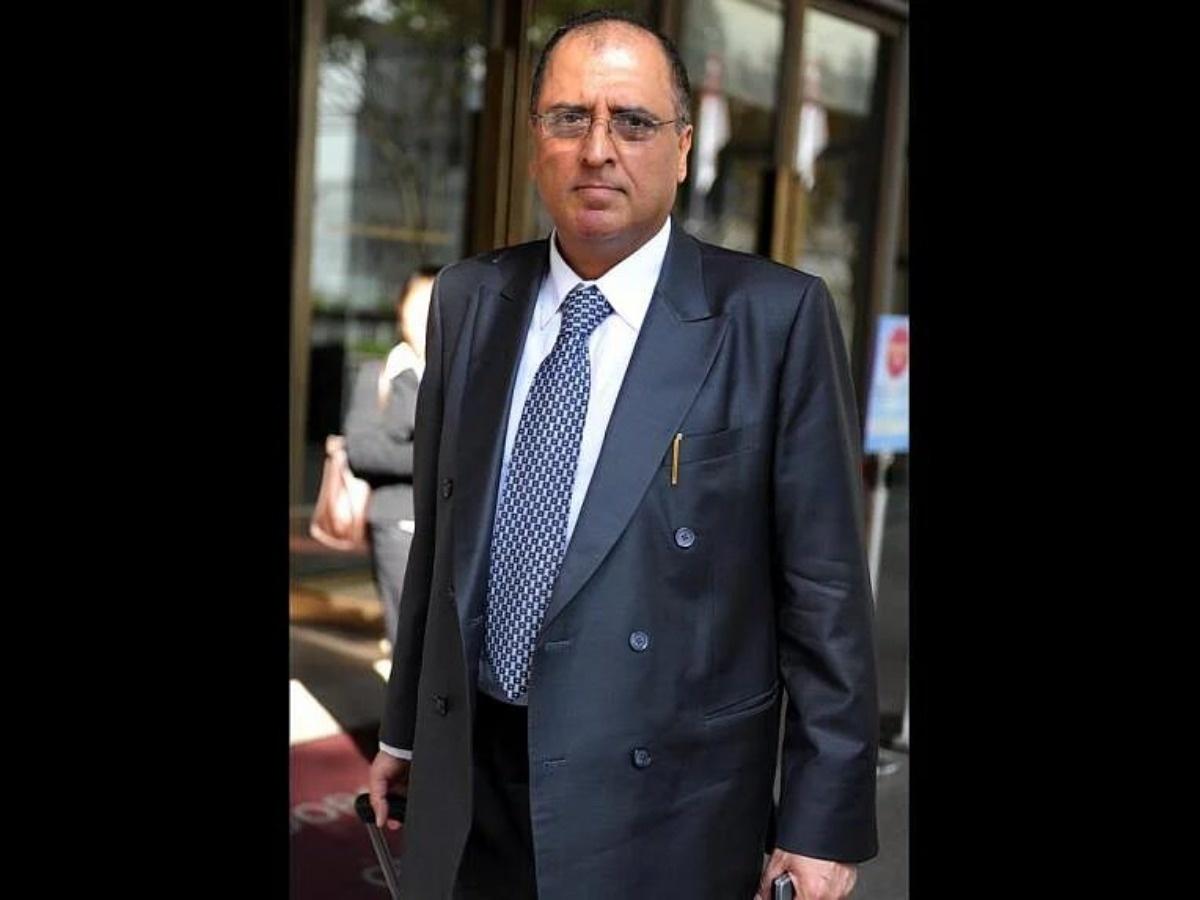
Subhash Kapoor
Subhash Kapoor is an Indian American art smuggler who was convicted for running a $100 million international smuggling racket. He was previously the owner of the Art of the Past gallery in Manhattan. His sister business, Nimbus Import/Exports, specialised in selling antiquities from across the Indian Subcontinent and Southeast Asia to major museums around the world.
On 30 October 2011, Kapoor was arrested at Frankfurt International Airport and on 14 July 2012 extradited to Chennai, India on charges of receiving artifacts that had been stolen from disused temples in southern India. Many of these objects were purchased by museums throughout the world.For example, in 2008 an 11th-century Chola-period bronze statue of a Dancing Shiva was sold by Kapoor to the National Gallery of Australia for $5.6 million (see Sripuranthan Natarajan Idol). The statue was allegedly stolen from an Indian temple in Tamil Nadu.
He was kept at the Vellore prison, but was later shifted to Tiruchirappalli Central Prison. He was attacked by a fellow inmate Kongu Yuvaraj, who was accused of committing an honor killing, following a heated argument between these two.
486 ASI antiquities missing since 1947: why numbers don’t capture the story
Perhaps, the biggest challenge the Government faces in its move to bring its heritage home — is at home. This is best illustrated by the formidable gap between which artefact has been “officially” declared missing and what is surfacing in global markets or being found in museum shelves and catalogues. In fact, estimates of missing pieces range from less than 500 to as high as 50,000.
Since Independence, only 486 antiquities have been reported as missing from the 3,696 monuments protected and maintained by the Archaeological Survey of India (ASI), including 139 from Madhya Pradesh, 95 from Rajasthan and 86 from Uttar Pradesh, according to records accessed by The Indian Express under the Right To Information (RTI) Act.
While these are still missing, the RTI records also show that 305 antiquities have been brought back to India from abroad since 1976, including 292 since 2014. However, as the Parliamentary Standing Committee of Transport, Tourism and Culture points out, these numbers may just be “the tip of the iceberg”.
Nearly four years ago, the US Department of Homeland Security’s investigative wing informed a court in New York that it had seized 2,622 antiquities valued at over $143 million (nearly Rs 1,165 crore), mainly from Asia, with links to just one man alone — Subhash Kapoor, the Indian antiquities smuggler who is serving a 10-year prison term in Tamil Nadu for idol theft.
In its report on June 15 last year, the Parliament committee flagged that “number of antiquities retrieved” by the ASI from abroad “are not even the tip of the iceberg in comparison to the huge number of antiques smuggled out from country”.
Apart from ASI-protected monuments, there are several others preserved by state governments and their agencies.
The ASI’s list of missing antiquities covers 17 states and two Union Territories. Apart from MP, Rajasthan and UP, the list includes: Uttarakhand (33), Tamil Nadu (30), Bihar (22), Andhra Pradesh (18), Karnataka (15), Maharashtra (12), Chhattisgarh (8), Odisha (5), Telangana (5) and West Bengal (3), among others. According to ASI, 292 antiquities have been brought back to India from abroad since 2014 and 13 between 1976 and 2013.
According to the ASI list, 322 of the 486 antiquities were reported missing since 1976, when India implemented the Antiquities and Art Treasure Act of 1972. Experts say the monuments and sites maintained by the ASI is only a “small percentage” of the total number of archaeological sites and monuments across the country. The menace of missing antiquities is illustrated by an UNESCO estimate that “more than 50,000 art objects have been smuggled out of India till 1989”.
The National Mission on Monuments and Antiquities has so far registered 3.52 lakh antiquities from the 16.70 lakh it has documented for an “effective check” on illegal activities. This is just a small portion of the nearly 58 lakh antiquities in the country in an estimate submitted by the Union Ministry of Culture in Parliament last year: ASI (15 lakh), various museums of central and state governments (25 lakh), universities (10 lakh) and private collections (8 lakh).
A fortnight after The Indian Express investigation that at least 77 Indian antiquities linked to notorious smuggler Subhash Kapoor – who is in a Tamil Nadu jail — are still at the New York-based Metropolitan Museum of Art (Met), the New York Supreme Court has issued a search warrant against the museum which promptly announced that it will return 15 sculptures to India.
Of the 15 items listed in the search warrant, 10 were flagged in The Indian Express report. The 15 include the 11th century sandstone Celestial Dancer (Apsara) from Madhya Pradesh (valued at more than $1 million) and the 1st century BCE Yakshi Terracotta from West Bengal.
Judicial records show that on March 22, the Supreme Court of the State of New York issued a search warrant against the Met in which Justice Felicia A. Mennin has given 10 days to the New York Police Department or any agent of the Department of Homeland Security to seize the antiquities and bring them “before the court without unnecessary delay.”
On March 30, the Met issued a statement that it “will transfer 15 sculptures for return to the government of India, after having learned that the works were illegally removed from India.” It said that “all of the works were sold at one point by Subhash Kapoor, a dealer currently serving a prison sentence in India.”
The value of the 15 Indian antiquities listed in the search warrant has been estimated as $1.201 million (nearly Rs 9.87 crore).
The search warrant stated that these items were stolen and constitute evidence of the crimes like possession of stolen property and a conspiracy to commit the crimes under US penal law.
An investigation by The Indian Express in association with the International Consortium of Investigative Journalists (ICIJ) and UK-based Finance Uncovered, published on March 14 and March 15 this year had revealed that Met’s catalogue includes at least 77 antiquities spanning centuries, including 59 paintings, with links to Subhash Kapoor.
Kapoor is serving a 10-year prison term in Tamil Nadu’s Trichy central jail for smuggling antiquities.
Another report in the series stated that the Met’s formidable Asia collection includes at least 94 artefacts of Jammu and Kashmir origin — 81 sculptures, five paintings, five pages of a manuscript, two Kashmir carpet antiquities and one page of calligraphy — none of which have details in their provenance, or background documents, of when they were moved out and by whom.
The list of antiquities listed include two from J&K flagged in The Indian Express report: an 8th century stone sculpture of Kamadeva, the god of love; and a 3rd-4th century Harwan floral tile made of terracotta.
Other antiquities listed are: A ceramic pot; a terracotta Yakshi holding a crowned child with visiting parrot and a terracotta Yakshi Holding a Crowned Child, all from Chandraketugarh in West Bengal and estimated to date back to 1st century BCE; a Bronze of God Revanta Returning from the Hunt (10th century CE); a 15th century Parikara (Backplate); and a 17th century ivory panel with Krishna and Gopis.
When asked about the latest developments, Met and the Department of Homeland Security did not respond to queries sent by The Indian Express. Kapoor’s lawyer S Nadhiya said she is not aware of any latest developments in the US. She added: “An appeal against his conviction is pending at a sessions court in Thanjavur.”
In its statement, the Met said it had contacted authorities in 2015 about its Kapoor-linked items and that, through a “cooperative partnership” with the Manhattan District Attorney’s office, “the museum received new information from the Manhattan DA’s office about 15 works of art that made it clear that the works should be transferred, resulting in the constructive resolution.”
It added: “The Museum is actively reviewing the history of antiquities from suspect dealers,” and that “The Museum values highly its long-standing relationships with the government of India, and is pleased to resolve this matter.”
The US Department of Homeland Security has described Kapoor as “one of the most prolific commodities smugglers in the world.”
He was arrested in Frankfurt on October 30, 2011, and extradited to India in July 2012. On November 1, 2022, he was sentenced to 10 years in jail by a court in Tamil Nadu’s Kumbakonam on charges of burglary and illegal export of idols belonging to the Varadharaja Perumal temple in Kanchipuram. He is currently serving his sentence in Trichy jail.
Kapoor faces charges in the US as well for smuggling idols and artefacts from Asia. A complaint filed in July 2019 in a New York court by the Homeland Security Investigation (HSI) stated that the “total value of stolen antiquities known to have been trafficked by Kapoor exceeds $145.71 million”.
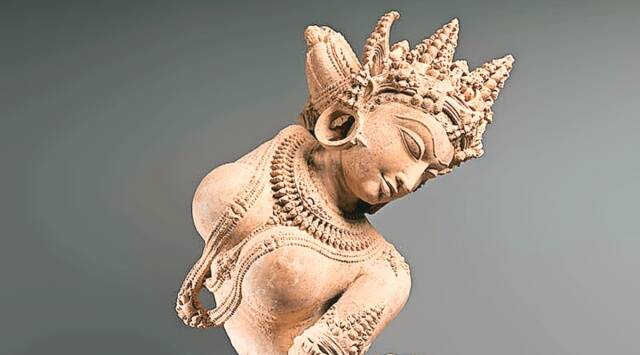
Among the antiques is the 11th-century Celestial Dancer (Apsara) valued at over $1 million
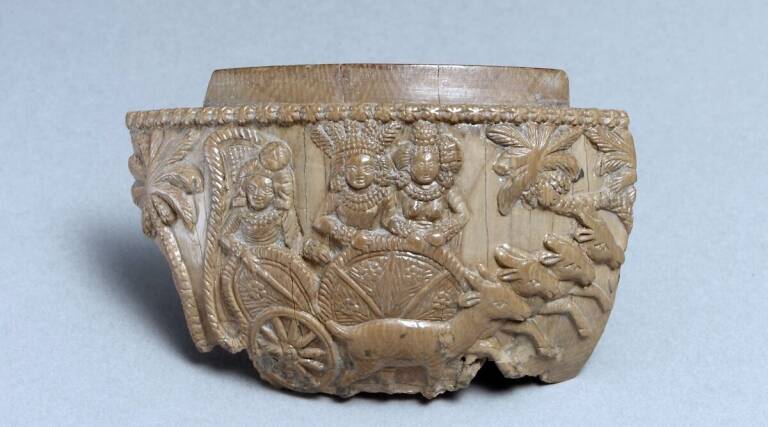
The Moon God - Chandra
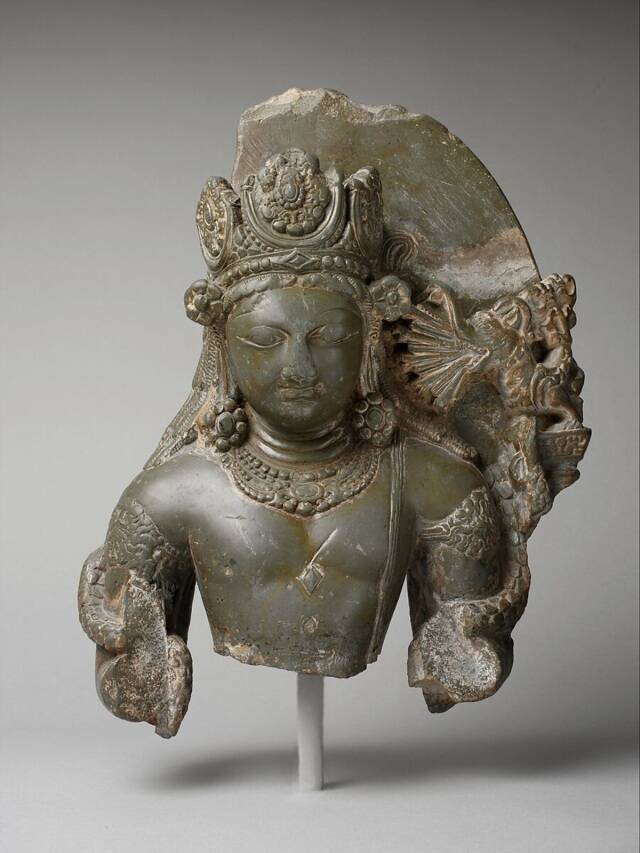
Kamadeva, the God of Love
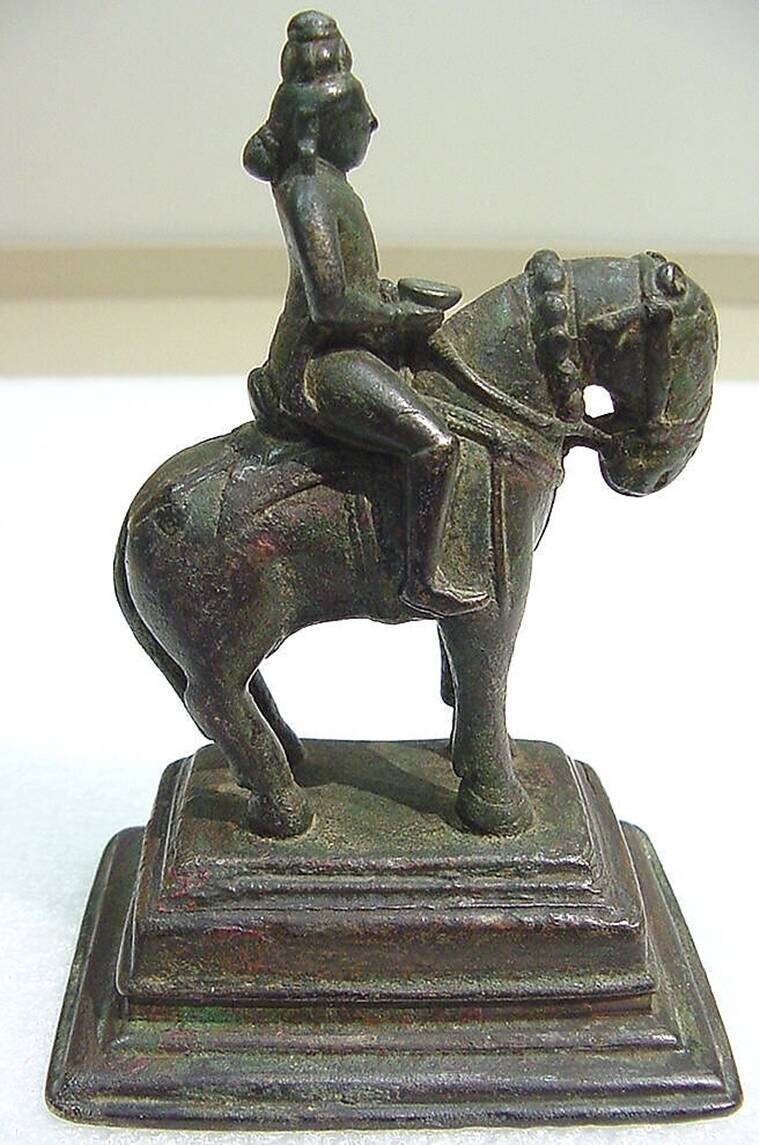
The God Revanta Returning from a Hunt

Child Saint Sambandar
Antiquities abroad: What Indian, international laws say
What is an antiquity?
The Antiquities and Art Treasures Act, 1972, implemented on April 1, 1976, defined “antiquity” as “any coin, sculpture, painting, epigraph or other work of art or craftsmanship; any article, object or thing detached from a building or cave; any article, object or thing illustrative of science, art, crafts, literature, religion, customs, morals or politics in bygone ages; any article, object or thing of historical interest” that “has been in existence for not less than one hundred years.”
What do international conventions say?
The UNESCO 1970 Convention on the Means of Prohibiting and Preventing the Illicit Import, Export and Transfer of Ownership of Cultural Property defined “cultural property” as the property designated by countries having “importance for archaeology, prehistory, history, literature, art or science.”
The Declaration further said that “the illicit import, export and transfer of ownership of cultural property is one of the main causes of the impoverishment of the cultural heritage of the countries of origin of such property and that international co-operation constitutes one of the most efficient means of protecting each country’s cultural property.”
What do Indian laws say?
In India, Item-67 of the Union List, Item-12 of the State List, and Item-40 of the Concurrent List of the Constitution deal with the country’s heritage.
Before Independence, an Antiquities (Export Control) Act had been passed in April 1947 to ensure that “no antiquity could be exported without license.” In 1958, The Ancient Monuments and Archaeological Sites and Remains Act was enacted. Then in 1971, Parliament saw an uproar over the theft of a bronze idol from Chamba and some important sandstone idols from other places.
Can India bring back antiquities?
There are three categories to take note of: antiquities taken out of India pre-independence; those which were taken out since independence until March 1976, i.e. before the implementation of AATA; and antiquities taken out of the country since April 1976.
For items in the first two categories, requests have to be raised bilaterally or on international fora. For instance, the Maharashtra government on November 10, 2022 announced it was working to bring back the sword of Chhatrapati Shivaji Maharaj from London. This sword was given to Edward, the Prince of Wales (the later King Edward VII) by Shivaji IV in 1875-76. Several antiquities, from Vagdevi of Dhar (MP), to the Kohinoor diamond, to Amaravati marbles to the Sultanganj Buddha to antiquities related to Rani Laxmibai and Tipu Sultan, are currently abroad.
India treasure trove sitting in US museum is linked to smuggler in Tamil Nadu jail
From an ivory sculpture of “Moon God Chandra” traced to 2nd-1st century BCE to an eighth-century stone sculpture of “Kamadeva, the God of Love”; from an ink-and-watercolour painting of “Mahishasura Mardini” in 1760 to another in “red ochre and wash on paper” from 1775-80 depicting “Rama and Lakshmana”. All of them sit, catalogued, in the Metropolitan Museum of Art (Met) in New York. What is also common to each is a trail that goes all the way back to a 73-year-old man currently in custody in India. The investigation reviewed the museum’s antiquities catalog and found that the provenance — where each is from and its journey to the museum — of the 77 antiquities only show that they were acquired from or “donated” by Kapoor, or his associate the late Doris Weiner and her daughter Nancy Weiner, or Kapoor’s gallery in Manhattan, Art of the Past (AOP). Nancy Weiner has been convicted in the US. This assumes significance at a time when there is a high-profile official move to ensure the return of lost heritage from abroad — in October last year, the Manhattan District Attorney announced the return of as many as 307 antiquities to India valued at nearly $4 million. Of the 59 paintings, 55 were “donated” to the Met with identical provenance details: “Possibly Shri Parshotam Ram Kapoor, Jalandhar and New Delhi, India; Subhash Kapoor, New York (until 2008; donated).” The provenance of three other paintings are similar, too: “Kapoor Curios, Jalandhar, India, by 1962; Subhash Kapoor, New York (until 2008; donated).” For the remaining painting, it states: “Subhash Kapoor, New York (by 1996; donated).”
